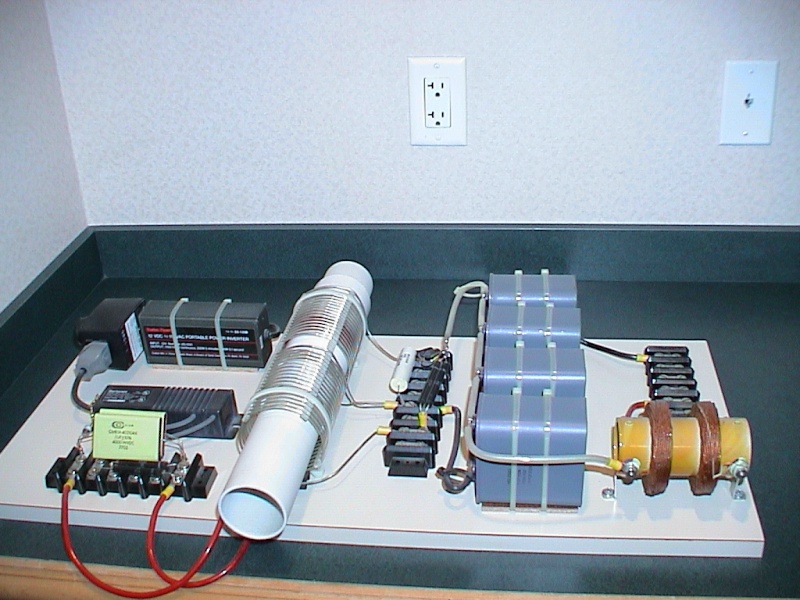


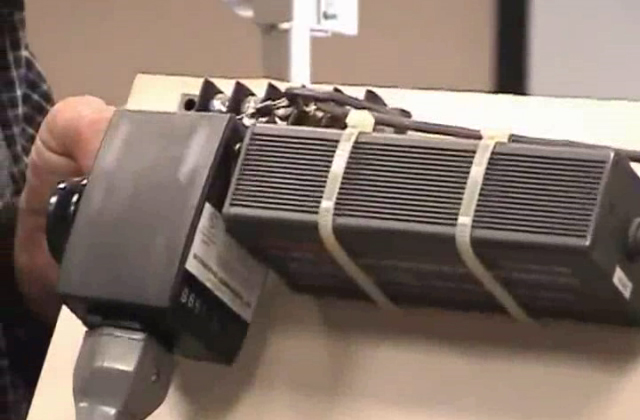
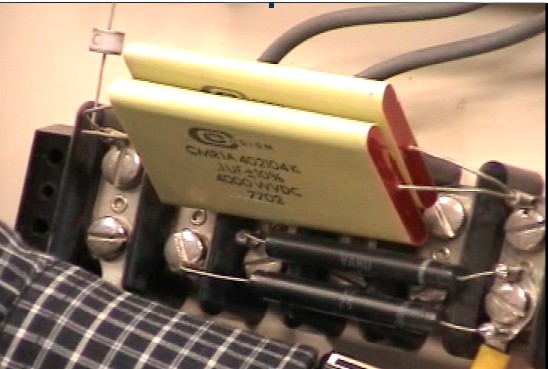
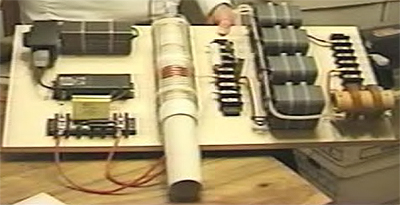
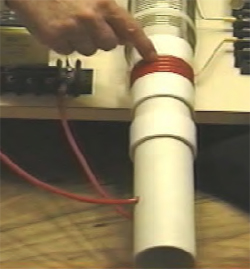
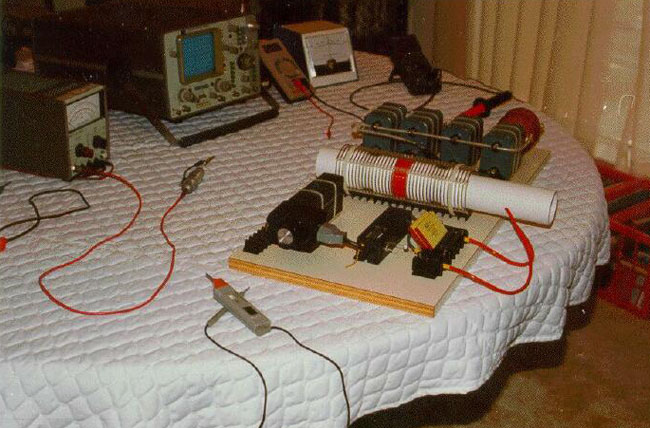

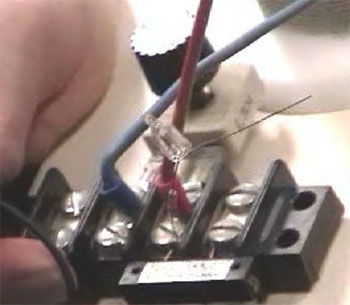
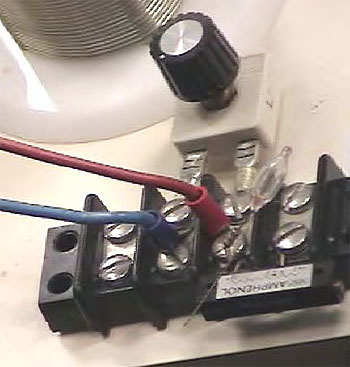
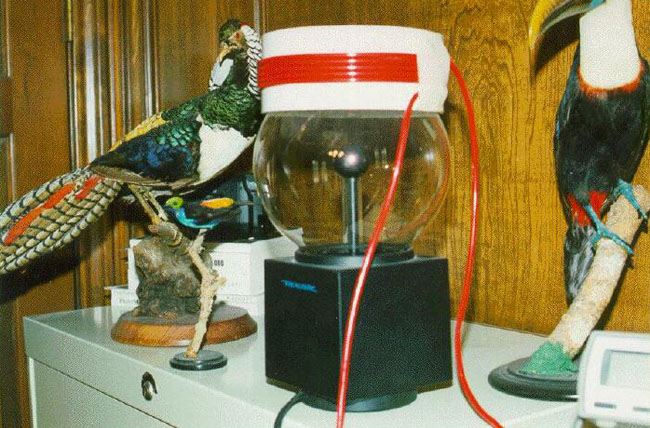
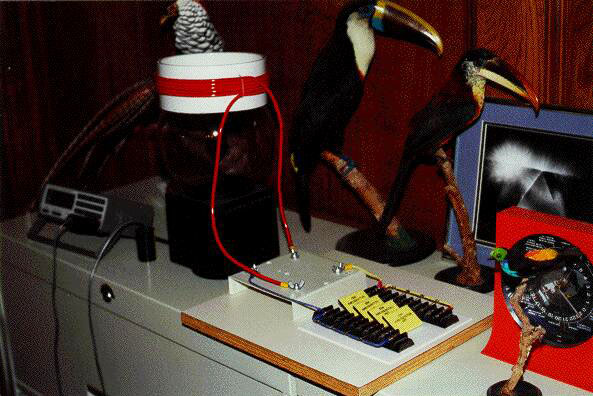

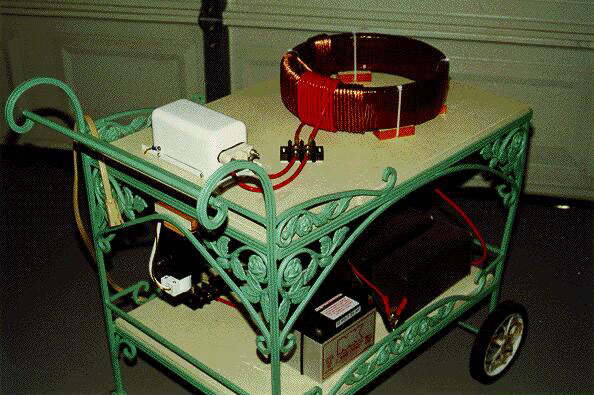
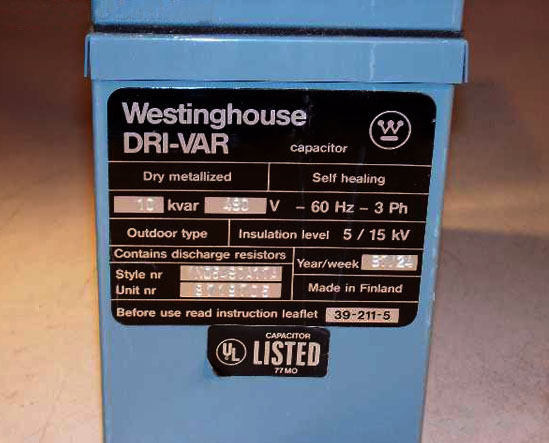
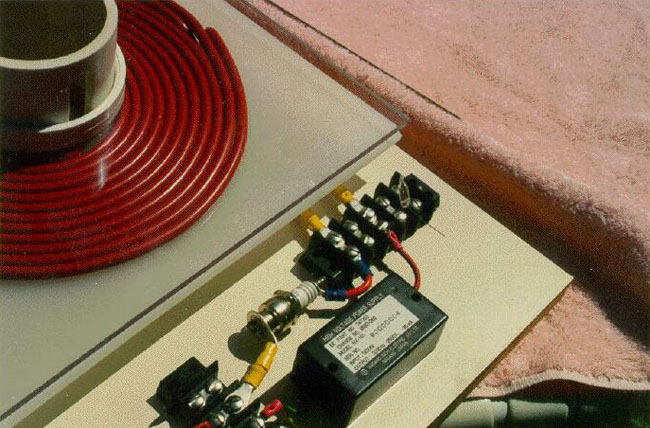
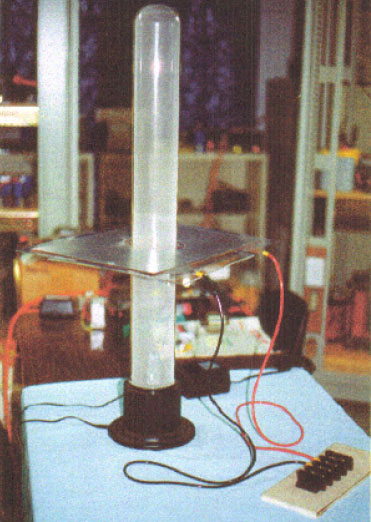
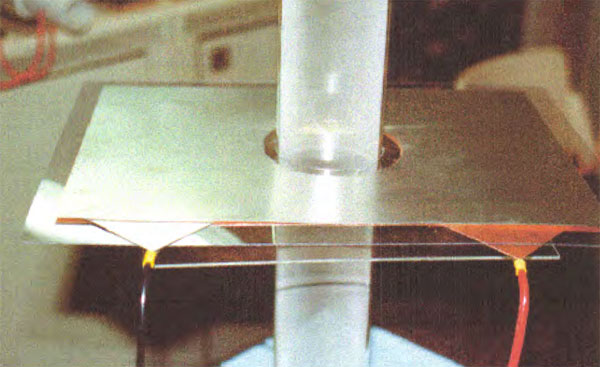



 I was using one of these capacitors from China:
I was using one of these capacitors from China: 








 That might have been coincidence however. The capacitor might have already started to fail when being used in the other arrangement as well. I haven't done enough testing with the two different sparkgap arrangements yet to see if I notice much difference between the two however.
That might have been coincidence however. The capacitor might have already started to fail when being used in the other arrangement as well. I haven't done enough testing with the two different sparkgap arrangements yet to see if I notice much difference between the two however. 


Comment